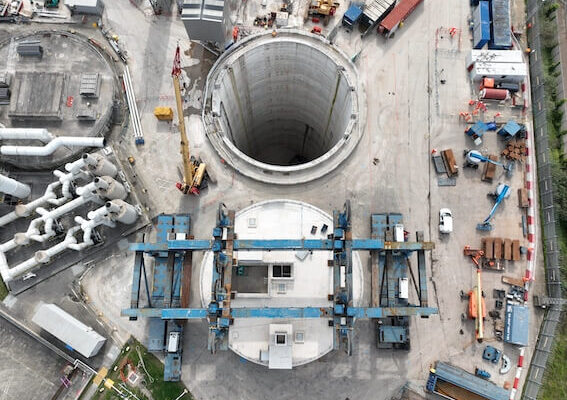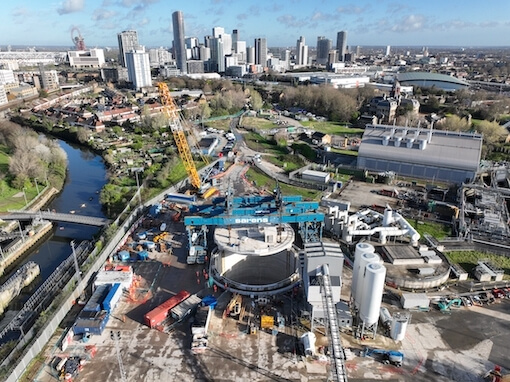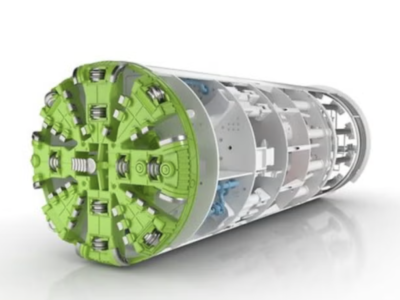
Following lifting the 24m-wide and 1,200-tonne concrete lid at Abbey Mills Pumping Station was undertaken on 26 March by positioning a gantry crane on two self-propelled modular transporters and manoeuvring the structure in place, the underground construction of London’s Tideway sewer has been completed, whereas this operation in east London took five hours.
According to Tideway CEO Andy Mitchell: “It was a moment all those working on the project had been waiting for. The underground civil engineering on the Tideway project is now complete following eight years of dedicated hard work from all our teams working in the capital.”
He also added: “There is still work to do – we need to finish some above-ground structures and, crucially, test the system – but this nonetheless marks an absolutely critical milestone for the Tideway project and for London.”
A 25km tunnel, two connection tunnels, 21 shafts, a host of valves as well as vortex generators, are the contents of this new super sewer.

The scheduled date for first sewage to flow into the tunnel is this summer and it should be fully operational in 2025 by Thames Water.
The anuual quantity of storm sewage that spills into the River Thames, typically is around 40 million tonnes and the new tunnel is due to intercept, store and ultimately transfer sewage waste away from the River Thames.
Benefiting six TBMs, the tunneling process of this project was completed in April 2022 after four years of excavation.
With the cap now on the shaft at Abbey Mills, Tideway is continuing its architecture and landscaping works at various sites along the route of the tunnel, including Blackfriars, Victoria and Chelsea. These sites, which are seven in total, will soon new areas of public realm.
















